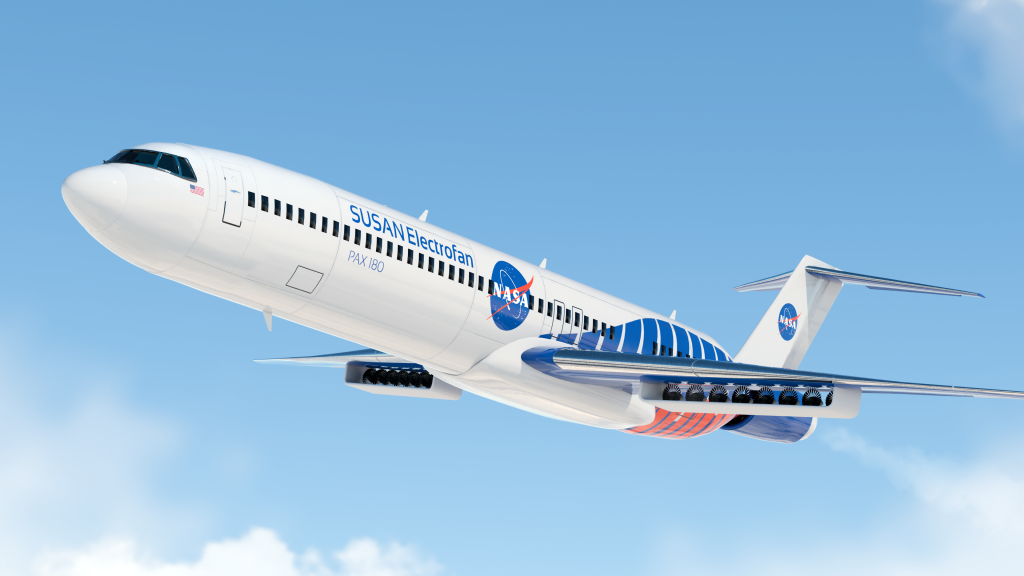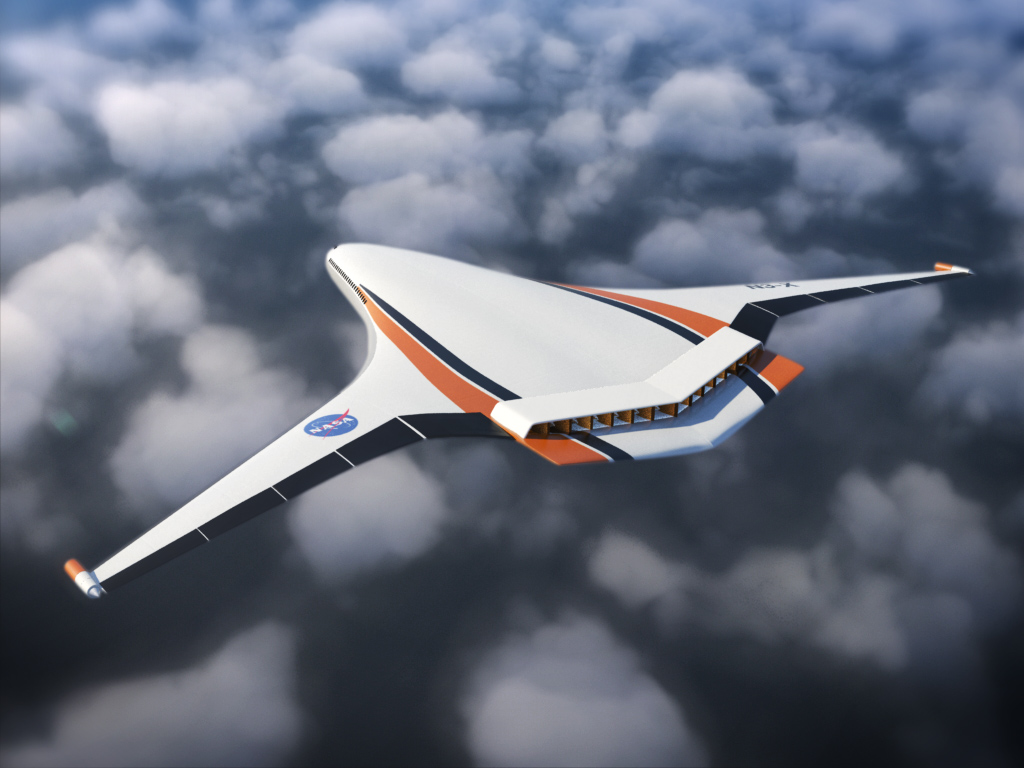Can magnets help astronauts to more easily transfer fuel on Moon and Mars missions?
A team at NASA’s Armstrong Flight Research Center in Edwards, California, is looking into that very question. The team is working to create a magnetic coupler, a device that could be used for transferring fuels on space missions.
The team is working with programmable magnets – magnets that can be arranged in a certain pattern to attract or repel with a prescribed force and engagement distance. By varying the magnets’ placement, and by varying their magnetic fields and strengths, different mechanical behaviors can be controlled.
“The use of magnets could result in less or no force from the user in mating and de-mating the two halves of the cryogenic coupler,” said Shideh Naderi, an electronics and software engineer at NASA Armstrong and the project’s principal investigator. “It is also more dust tolerant since the magnets have a very simple surface design. There’s less chance of dust getting into the system versus a traditional mechanical latch design that has a lot more nooks and crannies.”
The erosive and abrasive nature of lunar dust can cause severe damage to equipment and systems and can degrade coatings used to seal equipment and erode surfaces.
A third benefit is that the magnets self-align, making it easier for the user to make the connection.
The project is called the Dust-Tolerant Magnetic Coupler for Cryogenic Fluids, and it could have applications on future missions to the Moon and Mars.
The work is being performed with funding from NASA’s prestigious Early Career Initiative (ECI) award, received by Naderi’s team in 2020. The goal of the ECI is to provide an opportunity for early career researchers to propose and develop innovative aerospace technology projects, engage with leading industry and academic partners, and develop the skills required to manage and transition transformative concepts into future NASA missions.
The program is providing $2.5 million over two years to support the team’s research.
Naderi, who was raised in Iran, has a bachelor’s degree in electrical engineering with a minor in computer science from San Diego State University. She has a master’s degree in electrical engineering from UCLA.
Naderi came to NASA Armstrong as a NASA Pathways intern in 2015 and became a full-time civil servant in 2017.
Naderi’s team is working in collaboration with NASA’s Kennedy Space Center in Florida, as well as a commercial partner, to demonstrate a prototype dust-tolerant cryogenic coupler that employs programmable magnets.
The coupler subsystem and the magnetic subsystem have gone through preliminary and critical design reviews and are currently in the fabrication and test phase. The dust mitigation subsystem is in the final stages of the design phase. Integration and testing are expected to occur this summer
Naderi’s team, along with a contractor, Correlated Magnetics Research of Huntsville, Alabama, successfully performed extreme temperature testing, simulating spaceflight conditions, of the magnets at NASA’s Marshall Space Flight Center in Huntsville, Alabama. Force testing, which looks at how much force is needed to connect and disconnect the coupler, is being conducted at NASA Armstrong.
Naderi’s team includes Paul Bean (magnetics subsystem lead), Nic Heersema (dust mitigation subsystem lead), Jonathan Lopez (design and integration lead), William “Cliff” Manley (low force disconnect coupler subsystem lead), Scott Stebbins (test lead), and Andrew Holguin (design engineer).
“This program is wonderful in a lot of ways,” said Naderi. “Without ECI, I never would have gotten to lead a big team with a $2.5M budget this early in my career. I learned about project management, leadership, systems engineering, center processes, safety and much more during the development of this product. As a PI (principal investigator) you get to learn everything.”
NASA’s Early Career Initiative is part of the agency’s Space Technology Mission Directorate.
































